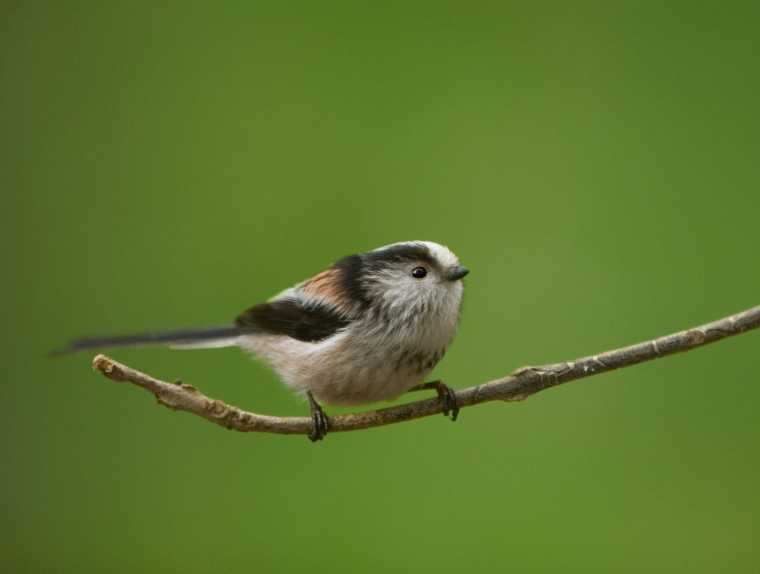The latest Big Garden Birdwatch has yet again delivered excellent results about the U.K's garden birds. Over 600,000 people in Britain joined in, noting down information about the birds they had seen in their back gardens; which is a record-breaking number of respondents and makes this the world's biggest bird survey. In addition, over 10 million birds were counted. So just what have the results revealed for 2011?
It seems that lots of the smaller birds have survived pretty well during this year's harsh winter conditions. Even though the species such as the goldcrests and long-tailed tits were badly affected in the 2009/2010 cold winter spells, this year they appear to have done particularly well and their numbers are up.
The bird researchers involved in putting the survey together believe that a good period of breeding for these birds may have helped with the recovery of the smaller species: ''A good breeding season can help reverse declines, and these new results suggest that may have been the case in 2010''.
The number of waxwing sightings has also increased and it is thought this is connected to the fact that people are growing more of the right types of food for birds in their own gardens. Labeled as a 'waxwing winter', 2011 has been a particularly great year for these birds. A favourite of the Great British public, the little robin red breast was also included the top ten of birds seen in our gardens.
But the good old house sparrow has held onto the top place in the Big Garden Birdwatch as the most likely bird you will spot in your back yard. Blackbirds and starlings are also commonly seen in British back gardens, and whilst starling numbers have increased on last year’s numbers, they are still lower than the sightings when the survey was first set up in the late 1970s.
The Big Garden Birdwatch has been counting birds since 1979. Set up by the Royal Society for the Protection of Birds, the aim of this annual survey is to gain a clearer understanding of just what kinds of birds are visiting Britain's back gardens and in what kinds of numbers. This then will hopefully lead to improved management and protection of these very special birds.










